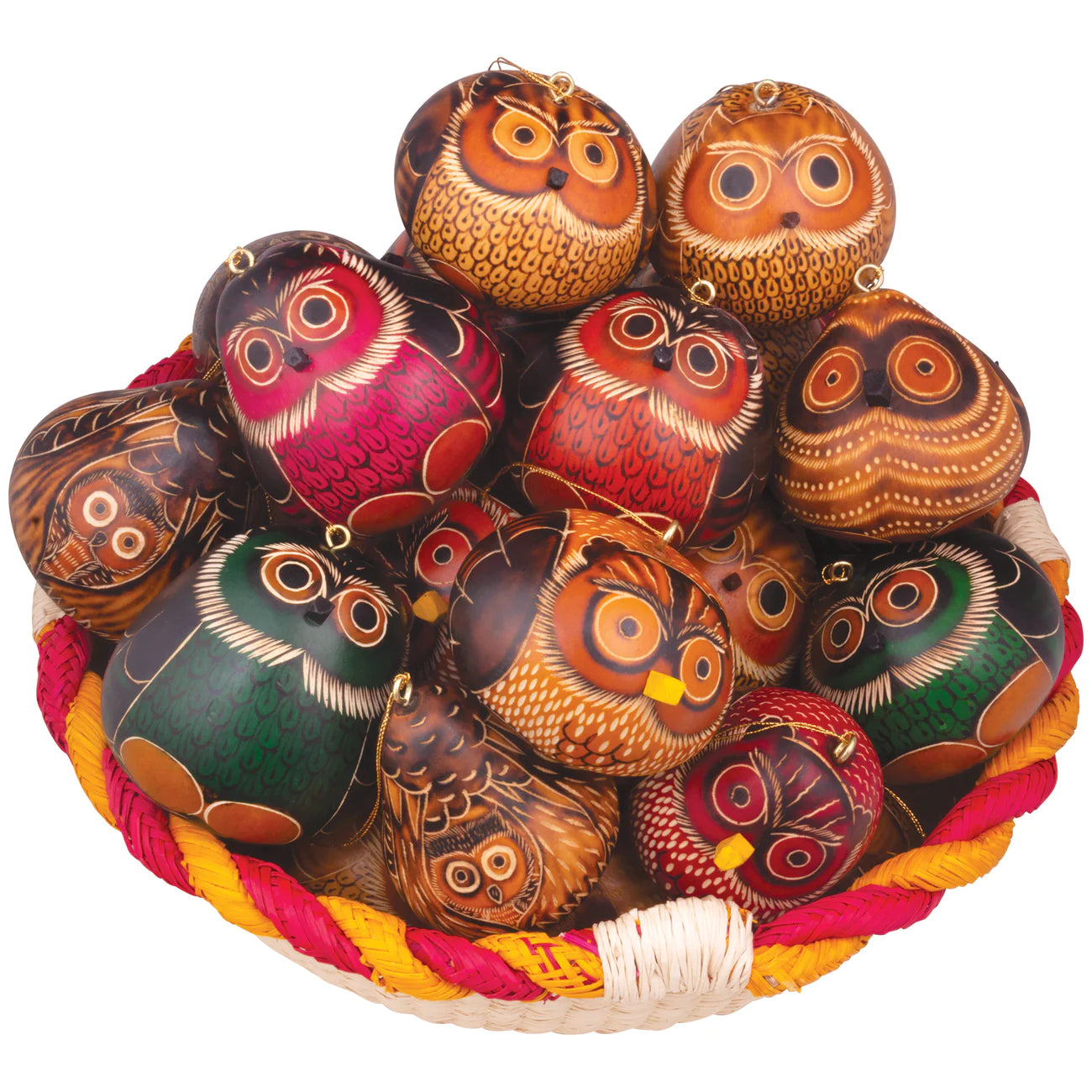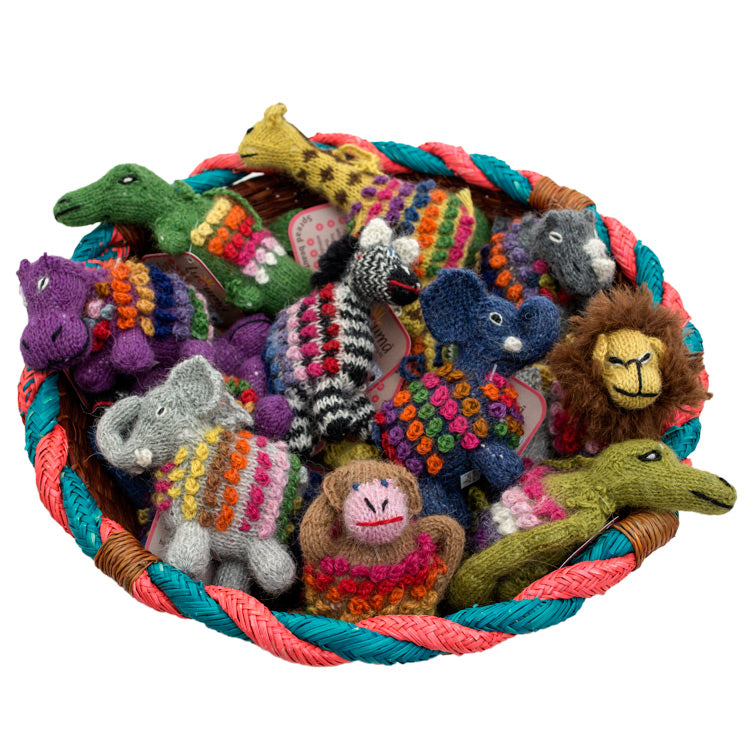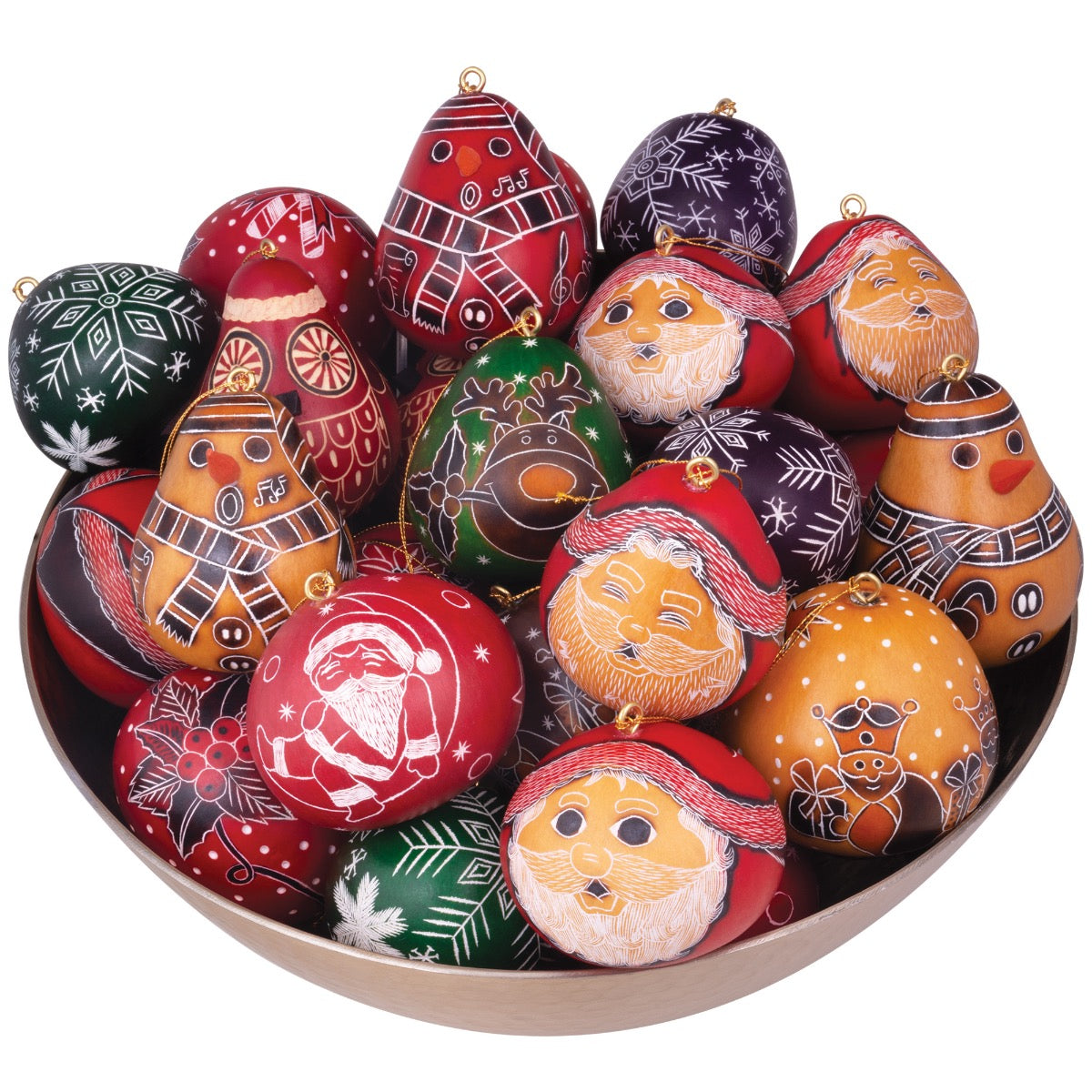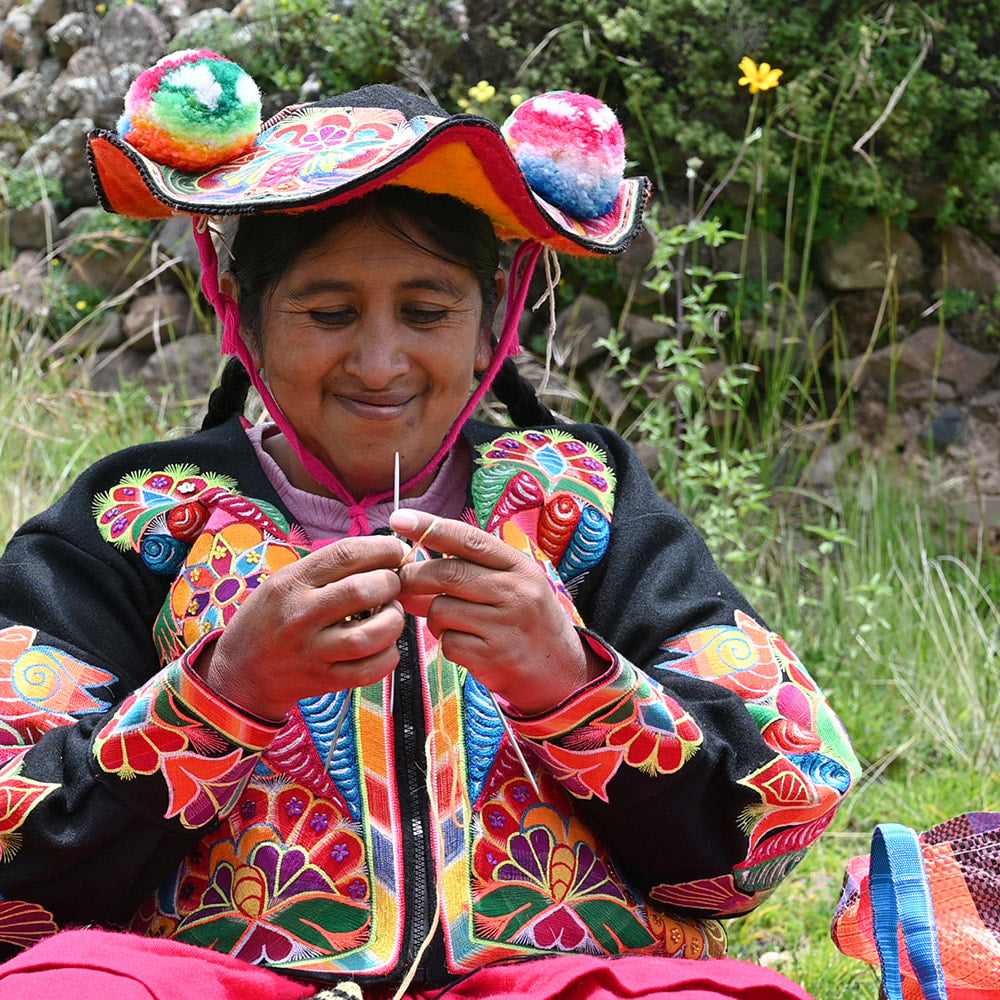A Finger Puppet Theater Brought to Life
At Lucuma Designs, we believe in fostering children’s creativity through imaginative, hands-on play. That’s why we created the Finger Puppet heaterdesigned to offer the perfect backdrop for little ones to bring their favorite finger puppets to life. Whether it’s a lively animal scene in the forest, or a family adventure with our people puppets, this theater elevates storytelling to a whole new level.
To give it that authentic, handcrafted charm, we chose bold, vibrant colors that are manually silkscreened (see process below) onto eco-friendly, micro-corrugated cardboard. This process not only gives this theater a playful, crafty aesthetic but also appeals to environmentally-conscious consumers looking for toys that leave a small footprint.

We envision this theater being a fun and creative display piece in your store, inspiring both kids and parents alike. Let your creativity flow and bring storytelling to life right in your shop!
The Making of Our Puppet Theater – Step by Step!
- Designing it
- Then, the skillful printing process begins
-
Each Color Design is printed on a Film
For each color, the corresponding pattern is printed on a clear film. This film will block light in certain areas of the screen, helping make the stencil on the silk screen mesh.
-
Make a Screen Frame
For each color a stencil of the design is created using a special screen or fine mesh (similar to a window screen but much tighter) stretched over a wooden frame. , kind of like a window screen but with tiny holes where we want the color to go. -
Coat the Screen with Emulsion
Next, we coat the screen with a special liquid called photo emulsion. This is like a special glue that hardens when exposed to light. We spread the emulsion evenly across the screen, covering the mesh completely. Then, we let it dry in a dark room so it doesn’t harden too soon. -
Expose the Screen to Light
After the emulsion on the screen has dried, we place the clear film with the design on top of the screen. Now, we shine a bright light (kind of like sunlight, but stronger) onto the screen. The light hits the emulsion everywhere except where the design blocks it. -
Wash the Screen
After exposing the screen to light, we rinse it with water. The areas that were covered by the design don’t harden, so the emulsion washes away, leaving open spaces where the ink can pass through. This creates a stencil of the design on the screen! -
Dry and Prepare the Screen for Printing
Once the screen is rinsed and dried, it’s ready to be used! Now, when we place the screen on the cardboard and apply ink, the ink will only pass through the open spaces to form the design. -
Mixing Colors
One talented guy specializes in mixing basic colors to get just the right ones. Several tests are done on cardboard until we get the colors for the theater to shine just right. -
Apply the Ink Pressing it Through the Screen
The ink on the screen and use a squeegee to spread the ink evenly across the screen, so it gets pushed through the holes in the screen onto the cardboard, only where the design allows. After each color, the cardboard is allowed to dry before adding more layers.

-
Die-Cut the Cardboard
Now that the color is all in, for cutting the cardboard to shape, a talented fellow cuts the design into a wood board, and then he hand-bends the metal blade to make a giant cookie-cutter, called a die. Then each toy passes through a press to push the cardboard onto the die, cutting the theater as a “cookie”. The press also makes a little dent in the cardboard where it needs to fold.

- And finally the packers carefully check and fold each theater before storing it in its box ready to travel all the way to your store.
- And that is how this theater came to life.
Our creative team imagined and digitally drew the theater using just three colors for each piece on separate layers. Then sent files to the printer.







